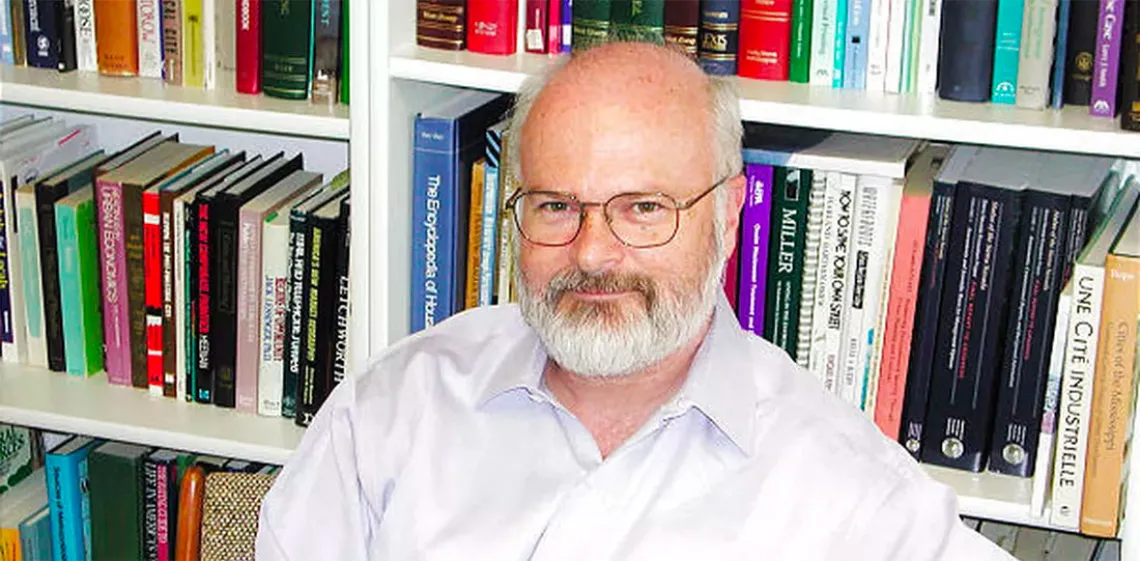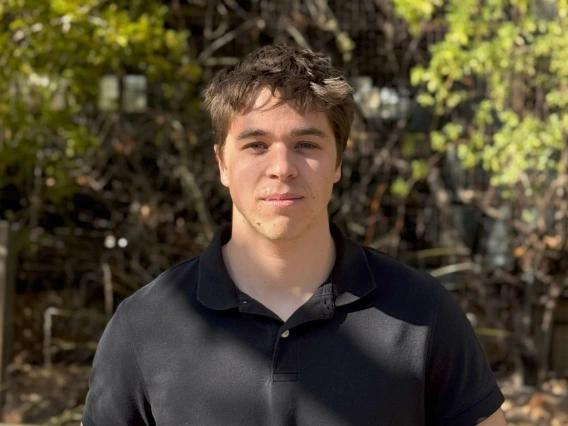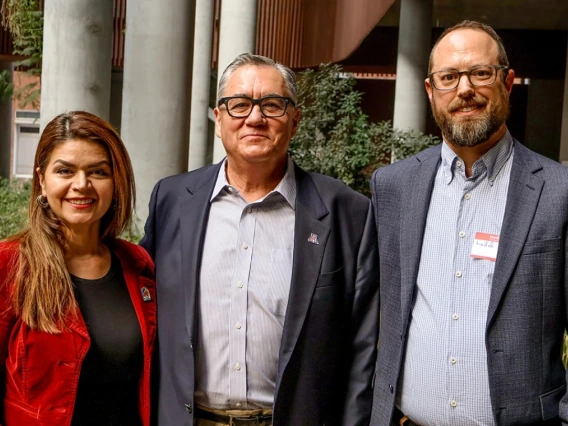Reshaping the Built Environment: Arthur C. Nelson, Professor of Urban Planning and Real Estate Development

Photo courtesy Deseret News.
Eight Questions with Arthur C. Nelson, Professor of Urban Planning and Real Estate Development
“CAPLA presents an opportunity to bring diverse perspectives from very different thought-related fields to reshape America’s—and the world’s—built environment.”
What brought you to the College of Architecture, Planning and Landscape Architecture?
I joined CAPLA in 2014, hired to help rebuild the Master of Science in Urban Planning faculty and to mentor them, as well as advance the new Master of Real Estate Development program. I was recruited from the University of Utah where I was one of just 10 Presidential Professors as well as founding director of the Metropolitan Research Center and its real estate development master’s program. CAPLA was especially exciting to me because I could be on the ground floor as it rose to the next level of prominence and leadership in many of my fields.
What does your research explore?
I have two major areas of research underway, both related to the future of America’s real estate markets. The first is assessing how transit—such as light rail, street cars and bus rapid transit—attract jobs, people and housing near them. In this context I also explore how society’s environmental, economic and social wellbeing are improved. I’m considered the “go to” person nationally for this research. The second area is projecting how changing demographics will change housing demand and along with it change metropolitan development patterns, a line of research I founded.
Tell us about your service work for the college and more broadly.
I am the chair of our college’s general faculty as well as the inaugural chair of the Council of Faculty Members. In these roles, I am helping to improve shared governance, which is challenging especially these days. I also serve on the editorial boards of some of the world’s leading journals in planning and urban policy, as well as on several advisory boards that are shaping research agendas that will be implemented over the next several years.
In addition to research and teaching, what other kinds of work do you practice?
I am almost entirely a teacher, research, and scholar, averaging about one book every two years as well as six or more articles or book chapters annually. That is my passion. But I am also engaged as an expert witness in local public finance cases to advance affordable housing and efficient land-use patterns.
What are you currently teaching?
I oversee four courses that I created for the MRED program that are the only courses of their kind in the nation. Thankfully, they are administered by Brian Bidolli, a dedicated and talented professional and scholar; we make a good team. Survey of Responsible Real Estate Development is the only course in real estate, planning or any field that gives students a grand sweep of demographic and economic changes, the nature and vulnerabilities of different types of real estate, the historical foundations of property rights combined with the need for impact mitigation based on sound economic analysis, and the role of real estate development in advancing the 3 E’s: the environment, the economy and equity.
Foundations of Economics for Planning and Real Estate Development is the only course in the nation that shows how to use economic principles to advance efficient real estate and land use patterns. Part of that course teaches the foundations of fiscal impact analysis, showing that more dense and mixed-use development reduces taxpayer burdens and enhances local economic development.
My Introduction to Real Estate Finance course acquaints students with key real estate investment decision tools and introduces them to tax structures that advance responsible real estate development. And the fourth course is Advanced Real Estate Finance, which focuses on public-private partnerships (3 P’s). It is the only course in the nation that shows students how to calculate the level of public investment needed to leverage private real estate development, and furthermore how to structure deals that make the public sector a partner in real estate ventures. All of my courses are designed to create professionals who understand the private real estate field and public concerns about development. Many of my students have become public-private deal makers.
How do you bring your research, service and practice into your teaching?
They are intertwined. Many of the assigned readings are from my own books (royalties from which go for student scholarships), chapters, articles and related. Many of the other assigned readings are written by my friends and colleagues across the U.S., so I bring personal perspectives to the lectures because I know what I want to accomplish. But as much as I share my research and professional practice with students, I learn new insights and ways to expand my work from them. I will often abandon a planned lecture to share my most recent work with students, and as often use students as my test case for a presentation to be made to a national audience—of course soliciting their reaction and recommendations.
Beyond research and teaching, what are your passions?
I love historical biographies (recently about Phil Knight, who founded Nike; Elon Musk; and Henry Wallace, whom some consider the founder of modern progressivism in the Democratic party) and science books and journals. I follow plate tectonics because it was basically formalized as a theory when I went to school; rocket propulsion since I built model rockets that I flew as a kid; advances in particle physics since the Higgs Boson was theorized just when I fancied physics as a career path; anything that tests Einstein’s various theories (they’ve all passed); and the history of technology focusing on the fun stuff like scientists in the 1960s who were predicting hydrogen/solar-powered vehicle fleets by 2000.... Traveling is also important, especially to ruins of ancient Native American cities that are found throughout the Intermountain West.
What does the CAPLA experience mean for you?
CAPLA presents an opportunity to bring diverse perspectives from very different thought-related fields to reshape America’s—and the world’s—built environment.
To learn more, view Arthur C. Nelson's faculty page.



